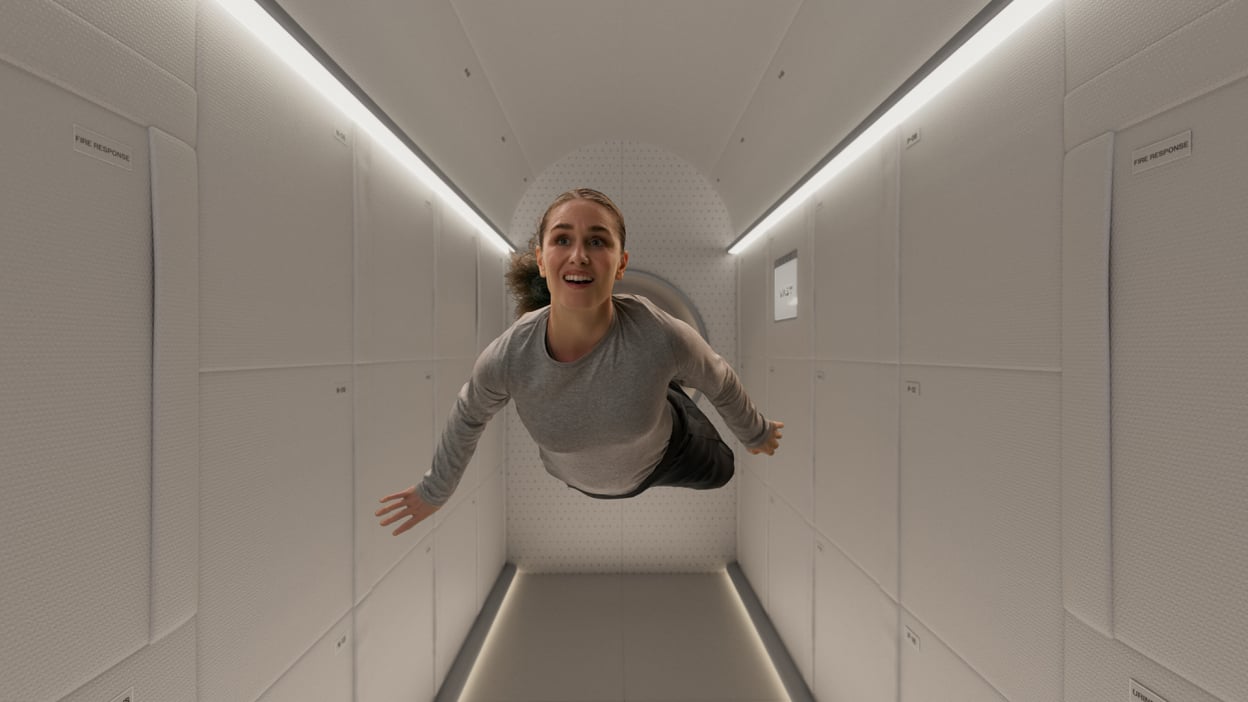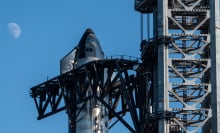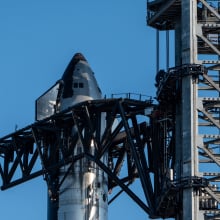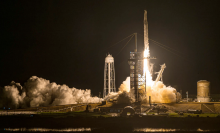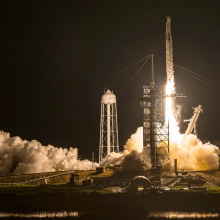NASA, in 2030, will plunge the aging International Space Station into the ocean.
The space agency is banking on commercial companies to build and operate future habits in orbit around Earth. One of them could look like Haven-1, built by the space technology company Vast. The Southern California company has released the final designs for its sleek-looking Haven-1 capsule, which SpaceX plans to launch on its workhouse Falcon 9 rocket as early as 2025.
While the program has a dependable rocket, a reliable SpaceX craft to take occupants there, and a billionaire founder, the timeline for the construction and then launch of a capsule with life-support systems by the second half of 2025 is certainly ambitious. Mashable has reached out to the company for more information on the plans and progress for Haven-1.
Vast does have the benefit of hiring a retired NASA astronaut, Andrew J. Feustel, to advise the capsule's design.
"I’ve flown three missions to space, and we are learning from those experiences and innovating to improve the way we can live and work on a space station," Feustel said in a statement. "From communication and connectivity, to private space and interacting with others aboard, to advancing human progress on Earth and beyond, every detail has been designed with the astronaut experience at the core of our work."
The video and images below show conceptions of this design. In sharp contrast with the International Space Station — a cluttered space laboratory dominated by walls burgeoning with equipment and wiring — Haven-1 is minimalist and neat. Lots of equipment, it appears, is stored behind spartan wall panels. The capsule even includes "fire-resistant maple wood veneer slats, bringing natural warmth into what has traditionally been a sterile, necessity-driven interior," the company explained.
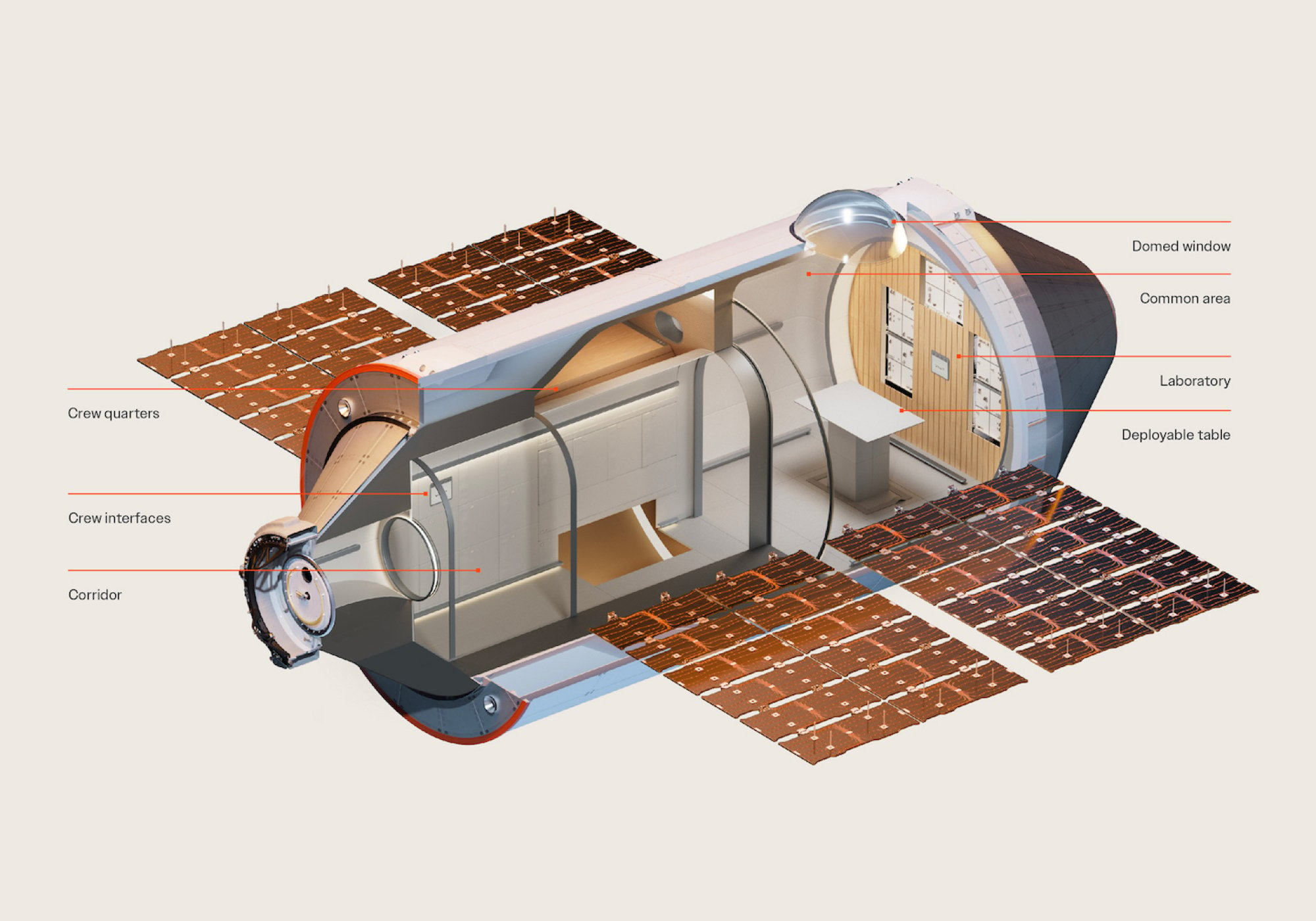
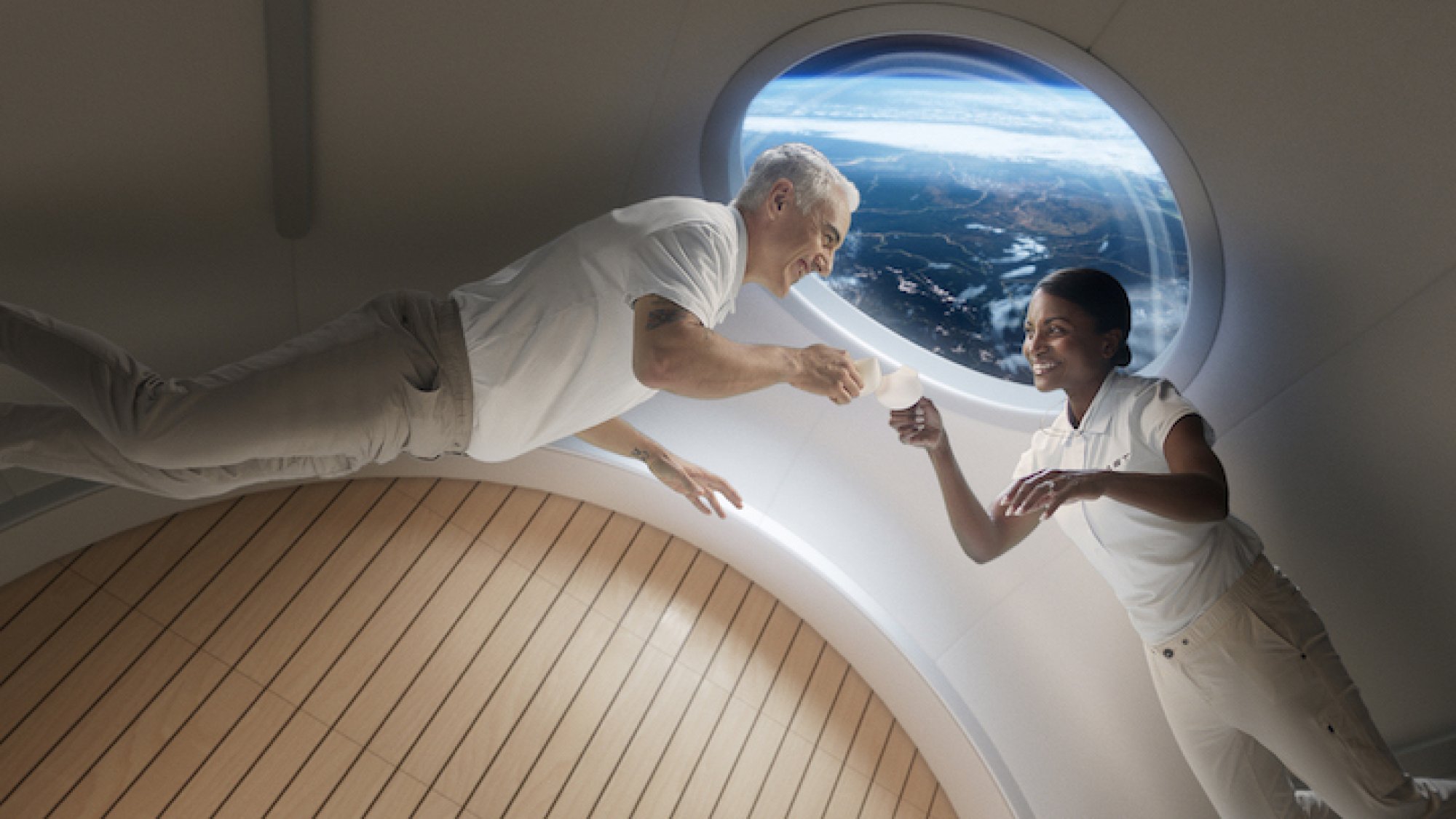
An important factor that might contribute to the likelihood of Haven-1 launching is that it's a single, relatively small capsule (for reference, see the layout above.) In contrast, the International Space Station — which nations began building in the late 1980s — is the "largest humanmade object ever to orbit Earth," NASA explains. It took 42 flights to deliver the main pieces of the station.
It's "larger than a six-bedroom house with six sleeping quarters, two bathrooms, a gym, and a 360-degree view bay window," the space agency said.
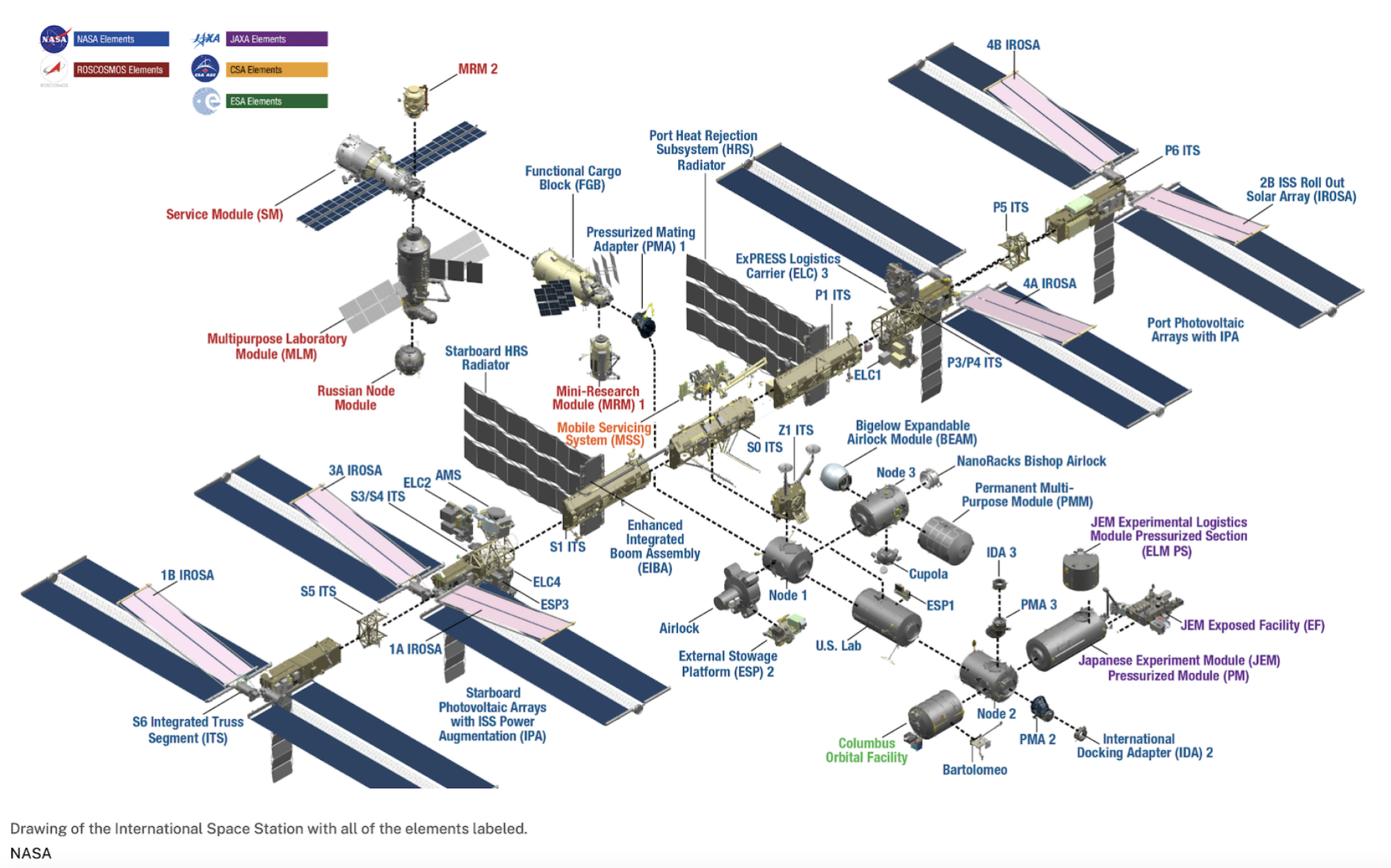
Vast has solar system ambitions well beyond its initial capsule. If Haven-1 is realized, and it safely harbors a 4-person crew, the company plans to build and then launch a larger module in 2028. Eventually, in the 2030s, it hopes to build "Artificial Gravity Stations" that can house 8-person crews. These longer-term plans, of course, require the financial commitments of deep-pocketed customers, like perhaps a certain national space agency that needs a place to conduct science in low-Earth orbit.
Meanwhile, NASA's ambitions in the coming decades are to the moon and beyond. The agency plans to build a permanent lunar presence, where it will harvest water preserved in frigid craters, and perhaps build a fuel depot for endeavors to Mars or resource-rich asteroids.
Topics SpaceX
